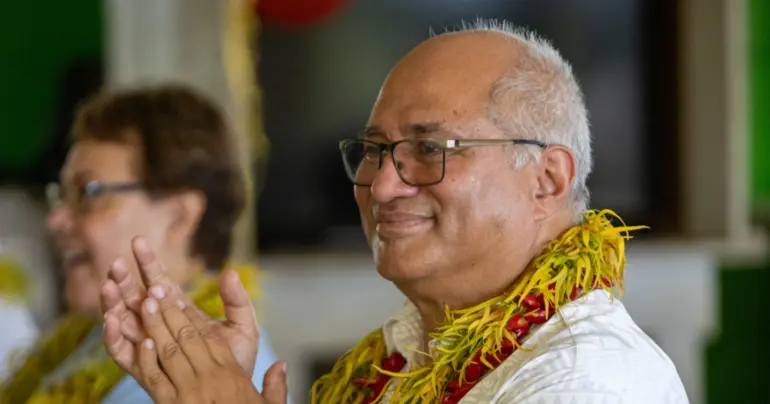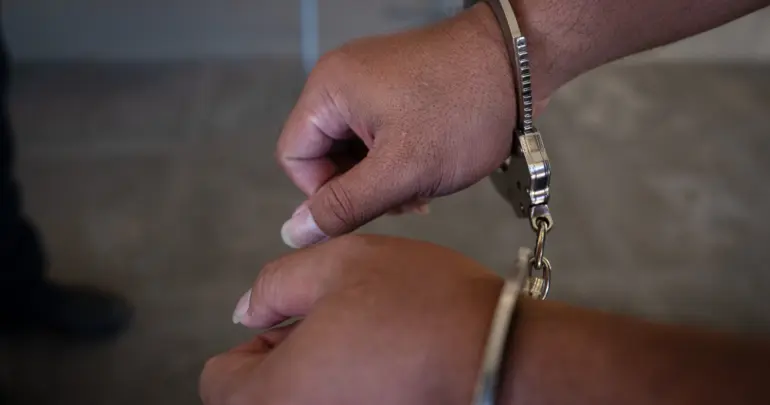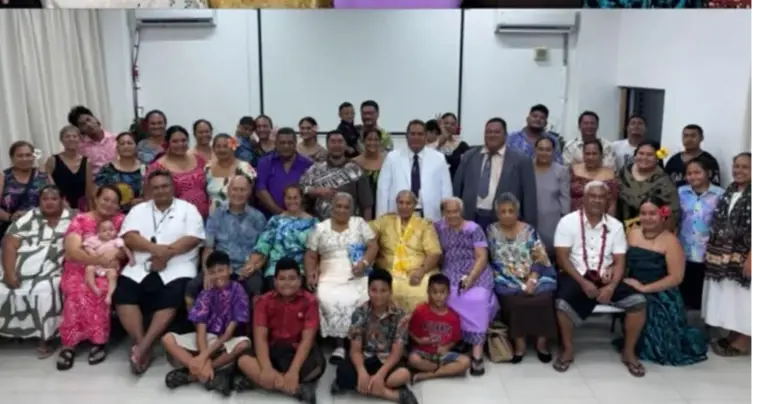‘This broke my heart’
If there is no poverty in Samoa, why is this kid sleeping at the McDonald’s Drive Thru close to midnight when he should be home?
That’s the question posed by a concerned parent who sent this photo to the Samoa Observer yesterday.
Only wanting to be identified as ‘Tula’ fearing repercussions with his government job, the parent said the “sight broke my heart.”
“It was getting late at night and we drove into McDonald’s for a feed when I saw this kid slouching, fast asleep inches from the drive thru,” Tula wrote in an email to the Samoa Observer.
“I swear he could’ve been killed, especially given the number of drunk drivers who go through the Maccas drive thru at night.
"He was fast asleep, looked so out of it while still holding on to the stuff he was instructed to sell.”
What upset Tula even more was the fact there were so many other vehicles and no one seemed to care.
“It was just so sad. This is not normal.”
Over the years, the McDonald’s drive thru area has become a very popular spot for child vendors and beggars.
Many of them will spend days and nights there, trying to sell different goods.
Some of them have been the subject of beatings at the hands of drunks and adults who don’t appreciate being hassled.
Tula said it’s sad that this is happening in Samoa.
“I keep hearing the government saying there is no poverty,” he said. “If that’s the case, then why are they allowing this kid to be treated like this?
“Surely he has a home with parents who should be held accountable for his welfare? No child deserves this kind of treatment.”
After taking the photo, Tula said he woke him up, bought him a feed and told him to go home.
But whether he indeed went home, Tula said he doesn’t know.
The number of young people like this street vendor is growing rapidly on the streets of Apia. They are spotted everywhere during day and night.
Outside the nightclubs, many young boys and girls this age are harassed and assaulted while they try to sell goods to drunken night revelers.
Over the years, the government has introduced a number of measures to curb the problem. But none of them seems to be working.
Not long ago, Prime Minister Tuilaepa Sailele Malielegaoi blamed parents for bribing primary school-aged children with promises of treats to sell on the streets instead of attending school.
Tuilaepa said when parents don’t have two tala, they send the children out to sell coconuts and brooms at the market.
The Prime Minister said the worst part of children being street vendors is their parents bribe them buying them ice cream when they have sold goods and this discourages them from going to school.
“Once they get used to that, they will no longer be interested in school,” he said.
“Even if they go to school they would daydream thinking I can’t wait until 1p.m. so I can go and sell coconuts and get some ice cream from mummy…that is the worst part about this; it’s the parents.”
Tuilaepa compared the children who don’t want to go back to school to pigs roaming the land (pua’a fanua).
“If you remember us in the villages even if you have a nice plantation with a fence, the pigs always manage to get in and eat the taros,” he said.
“It is no difference to kids who are used to life and have been bribed by their mother with the ice cream.
All they will ever think about in the classroom is when they get to sell their goods so they can get money from their mother to buy ice cream.”
In August this year, a new report identified that inequality is on the rise and has reached alarming levels in Samoa.
The discovery is made in the “Samoa Hardship and Poverty Report: An analysis of the 2013/14 Household Income and Expenditure Survey.”
“The report points out that inequality is on the rise and has reached alarming levels, and vulnerability has increased, said the U.N.D.P. Samoa Officer-in-Charge at the time, Naoko Takasu.
“The report also recommends that, the current Strategy for the Development of Samoa does not specifically discuss youth employment issues.
We truly hope that the new Strategy utilizes the analysis and findings of the 2013/2014 Household Income and Expenditure Survey to better address youth employment issues.
“In the policy implication section of the report, it says that income and employment generating initiatives targeting youth can be very effective in reducing poverty, if they are combined with characteristic-based target approaches, such as focusing on geographical areas with higher incidences of poverty (e.g. in North Upolu). This is a simple example of a practical way we can apply the findings of the report into our activities.”











